Table of Contents
- Why Puppies Bite – Key Reasons
- Normal vs. Concerning: How to Tell the Difference
- Immediate Steps: What to Do When Your Puppy Bites
- Teaching Bite Inhibition: Step-by-Step Guide
- Everyday Management & Prevention
- Teething: Ease Pain & Redirect Chewing
- Playful Exercises for Impulse Control
- Common Mistakes That Reinforce Biting
- Helpful Tools & Neutral Gear
- 14-Day Training Plan: From “Ouch” to “All Good”
- When to See a Trainer or Vet
- FAQ
- Takeaway
- Info Table: Bite Inhibition at a Glance
Why Puppies Bite – Key Reasons
Puppies explore the world with their mouths. Nibbling, mouthing, and playful “mouth games” are normal at first and help them learn. Common triggers include teething (relieves pressure), play drive (practicing social skills), excess energy (not enough enrichment), or boundary testing (what’s allowed?). The goal is to channel this natural behavior and build bite inhibition early.

Normal vs. Concerning: How to Tell the Difference
- Normal: brief play nips, immediate release, soft mouth, curious “testing.”
- Concerning: hard gripping, chasing after hands, intense staring, uncertainty growls, biting faces/hands of children.
If you see concerning behavior, lower arousal, put management in place, and start structured training. For clear signs of insecurity, get an early assessment from a qualified, reward-based trainer.
Immediate Steps: What to Do When Your Puppy Bites
- Calm marker cue: A clear “Ouch” or “No” — calm, not loud. Avoid flailing.
- Pause interaction: Stop play immediately, turn away, ignore for 5–10 seconds. Then restart calmly.
- Offer an alternative: Redirect to an appropriate chew or a tug/fetch toy.
- Reward calm behavior: Mark and pay for soft mouth and controlled interactions right away.
Note: Avoid punishment or pushing the puppy away. It raises arousal, damages trust, and can worsen the issue.

Teaching Bite Inhibition: Step-by-Step Guide
Bite inhibition means your puppy can control mouth pressure. Here’s how to build it:
- Gentle tug “C+B”: Start calm tug. If teeth press your skin, skip the click/marker and end the game. Soft mouth = marker + continue playing.
- Hand target: Present your hand briefly; if the puppy taps softly: marker + reward. Builds impulse control and polite greetings.
- Trade, don’t pry: Offer a high-value trade. As soon as your puppy releases, mark and give it back. Keeps “drop it” positive.
- Pair calm cues: Create a bed/mat “calm zone.” Short down = reward; gradually extend duration.
Also see our guide on impulse control and foundation skills in Sit, Down, Stay.
Everyday Management & Prevention
- Manage arousal: Short 2–5 minute play/training bursts followed by rest. Overtired pups get the “zoomies” and nip more.
- Kid safety: Always supervise puppy–child interactions. Clear rules; the dog’s rest zone is off-limits. See Puppies & Kids.
- Walk routine: Potty first, then brief sniff/search games — skip nonstop high-octane play.
- Neutral gear use: A well-fitting collar and appropriate leash support calm, safe handling — especially in busy areas.
Teething: Ease Pain & Redirect Chewing
Between 3–6 months, puppies lose baby teeth. Schedule daily chew times to relieve gum pressure and replace biting at hands.
- Chilled chews/wet cloths: Lightly chill (not rock-hard) and supervise chewing.
- Texture variety: Offer a rotation of softer and firmer chew options.
- Time windows: 2–3 short chew sessions per day help keep arousal in check.
Playful Exercises for Impulse Control
- Food bowl patience: Set the bowl down; release to eat only after calm eye contact.
- Door manners: Doors open only when four paws are on the floor.
- Mini recall games: 3–6 feet, instant high-value reward; later increase distance.
- Target switching: Nose to target — marker — reward; then add mild distractions.
Common Mistakes That Reinforce Biting
- Hands as toys: Wrestling with hands/feet teaches exactly what you’re trying to stop.
- Inconsistency: “Cute today, forbidden tomorrow” confuses learning.
- Too much hype: Overstimulation leads to nipping. Build in calm breaks.
- Punishment: Yelling or physical corrections raise stress and insecurity.
Helpful Tools & Neutral Gear
- Chews: Puppy-safe chew items, lick mats, fillable toys.
- Management: Puppy gates, crate/mat as a calm zone.
- Leash & collar: For steady guidance around distractions.
14-Day Training Plan: From “Ouch” to “All Good”
Week 1: Focus on management, chew alternatives, short play with clear stop cues. Do 3–5 mini hand-target sessions and “wait for the bowl” each day.
Week 2: Gentle tug with the rule “soft mouth = keep playing,” short recall games, door manners with minimal distractions. Lengthen rest periods and lower arousal (snuffle mats, calm chew sessions).

When to See a Trainer or Vet
- Persistent hard biting despite 2–3 weeks of training.
- Pain concerns (gums, teeth, GI, ears) — schedule a vet check. See also first vet visit.
- Fear/insecurity: Bring in a positive, force-free trainer early.
FAQ
When does puppy biting stop?
With consistent training, chew alternatives, and rest management, it usually eases noticeably around the tooth change (about 5–6 months) — varies by dog.
Should I teach “Drop/Out”?
Yes — build it positively with trades, then add the cue. Yanking items away encourages gripping.
Can kids play with the puppy?
Yes, always supervised, with clear rules and calm games. If arousal spikes, take a break immediately.
Takeaway
Puppy biting is normal — but not a free pass. With calm guidance, clear rules, and targeted training, your dog can learn reliable bite inhibition. Use short sessions, plenty of breaks, and positively taught alternatives. That’s how a nippy youngster becomes a gentle, safe companion.
Info Table: Bite Inhibition at a Glance
| Area | Goal | Actionable Tip |
|---|---|---|
| Immediate help | Stop biting | Calm “Ouch,” end interaction 5–10 sec, offer an alternative |
| Training | Soft mouth | Hand target, trade games, tug with “soft = continue” rule |
| Management | Prevent over-arousal | 2–5 min sessions, then rest; sniffle/lick/chew activities |
| Teething | Relieve pressure | Chilled chew aids, texture variety, brief chew windows |
| Everyday life | Safety & manners | Collar & leash used neutrally; pace social exposures |


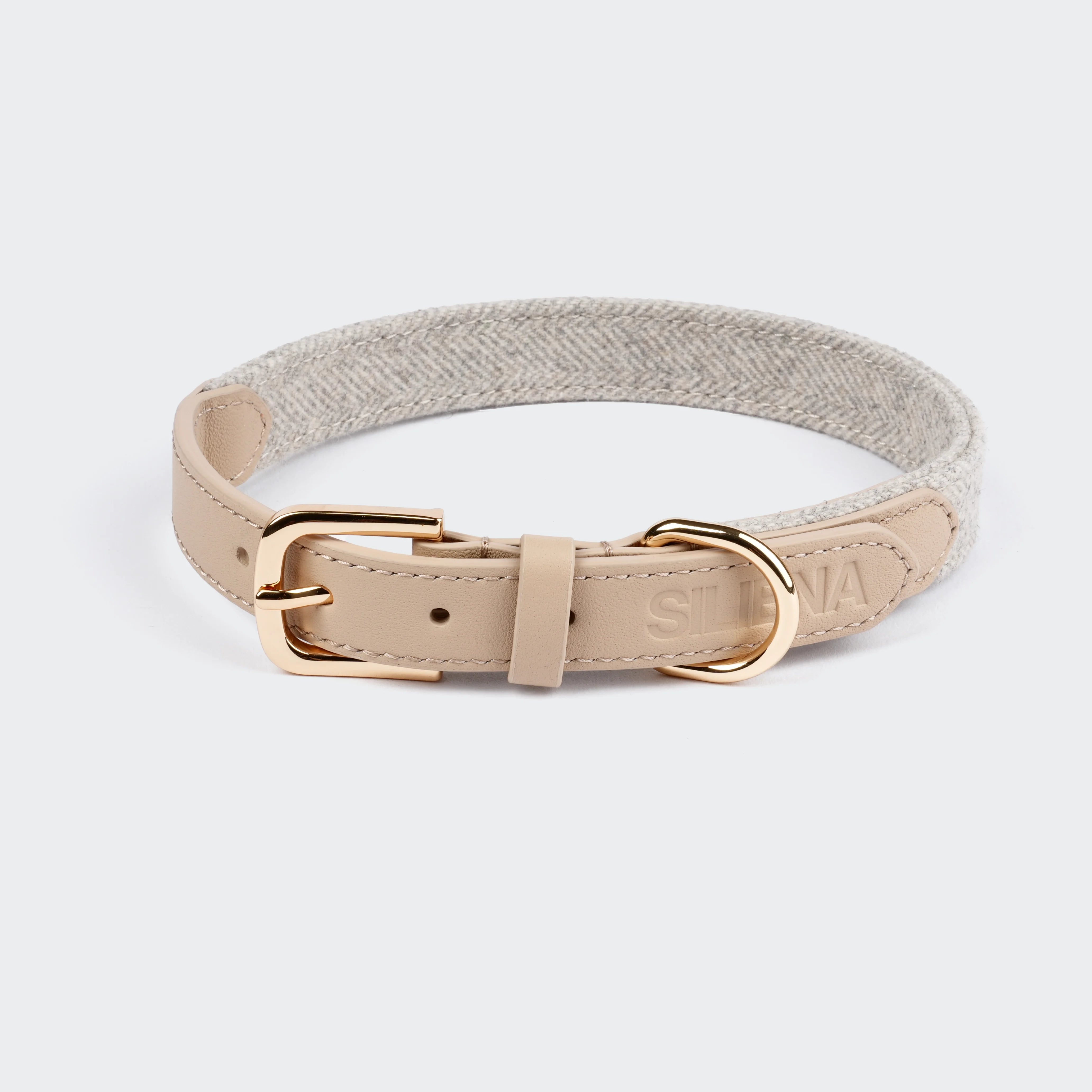
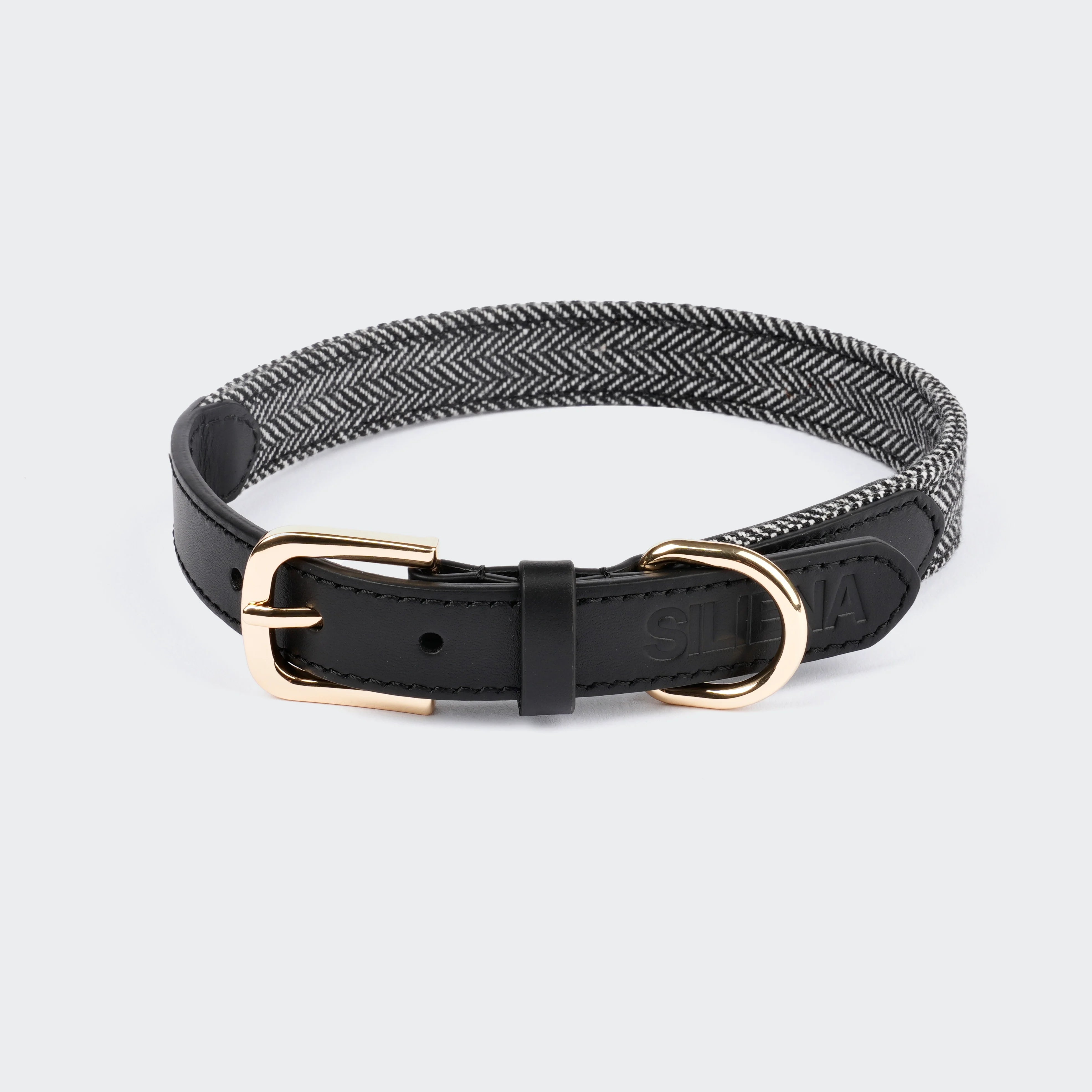
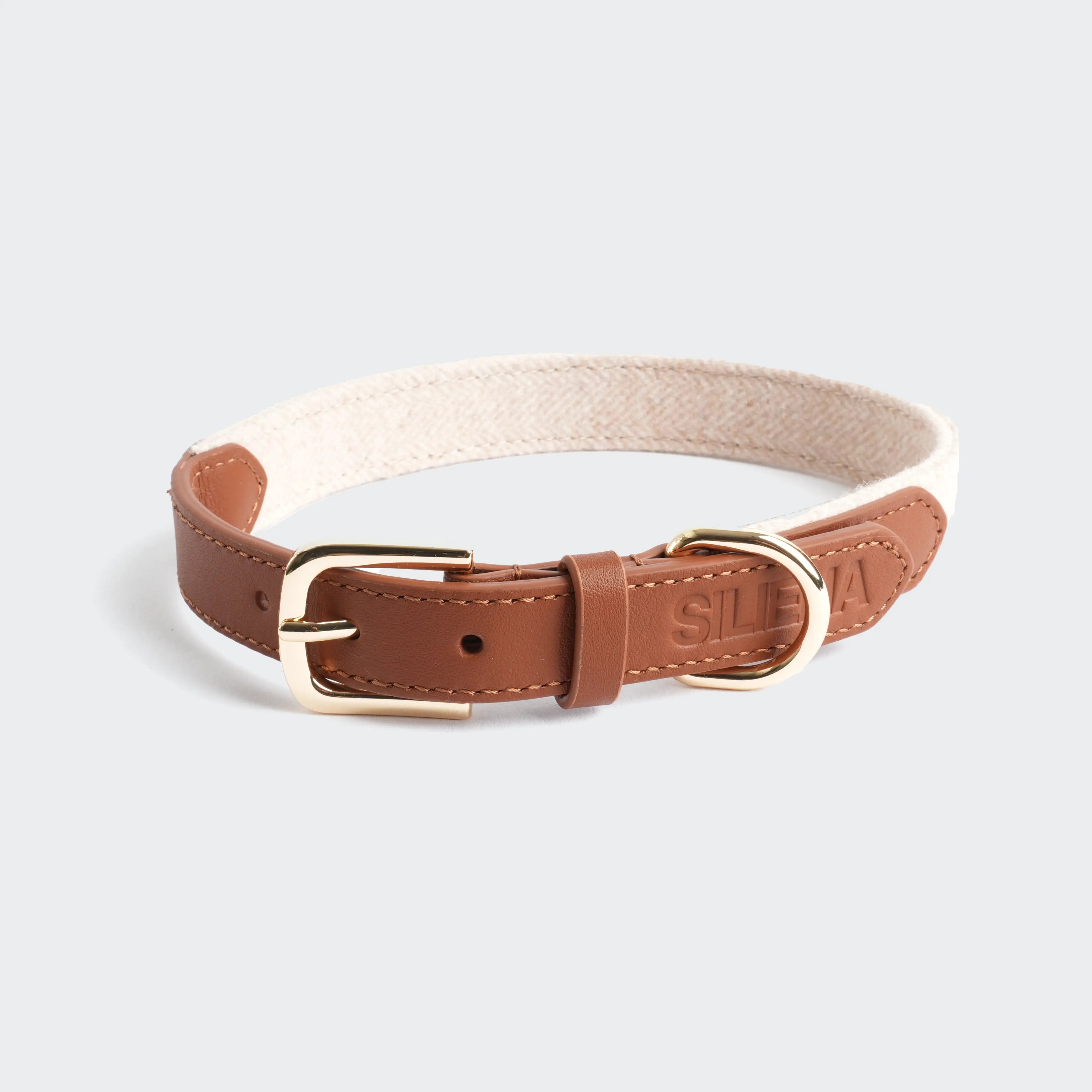
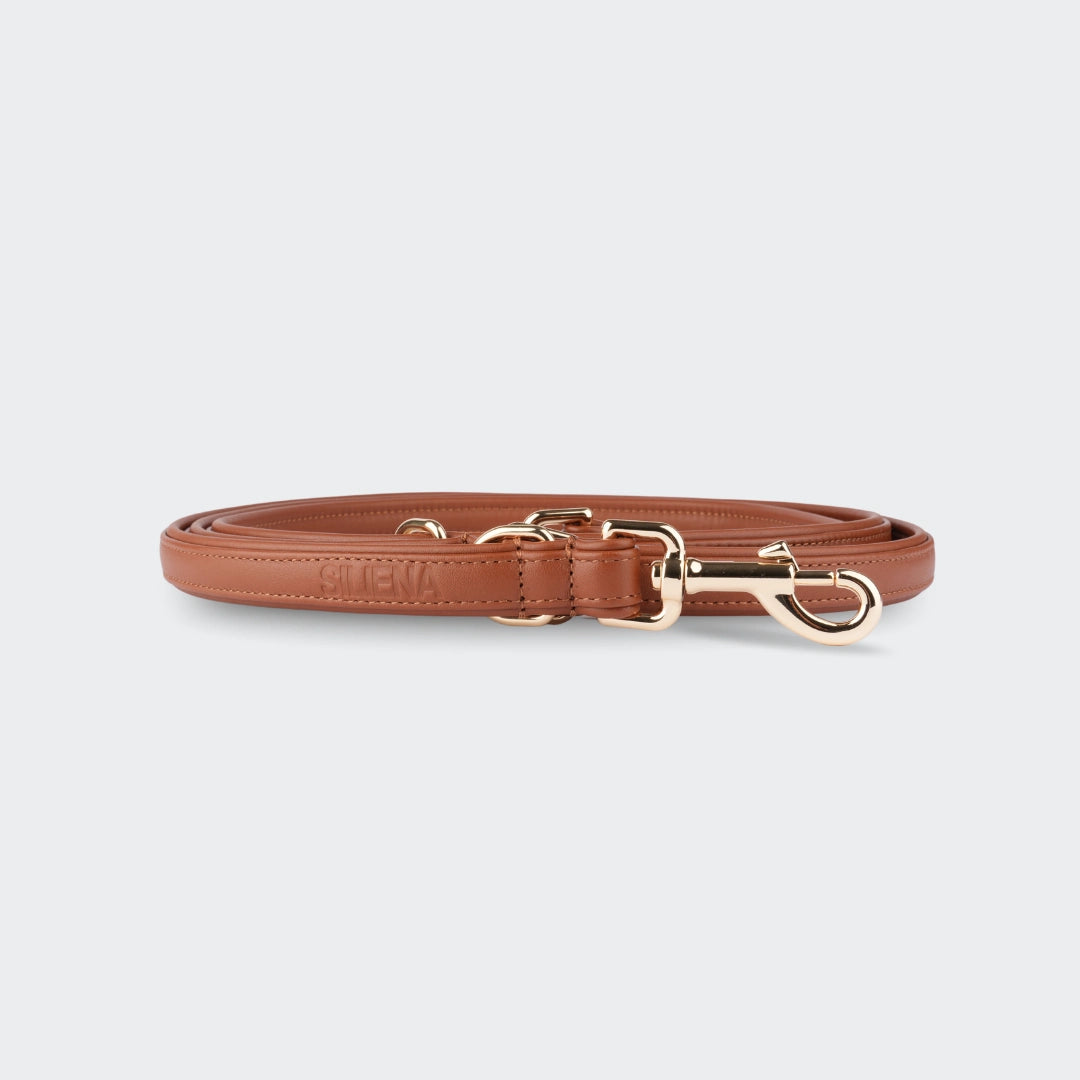
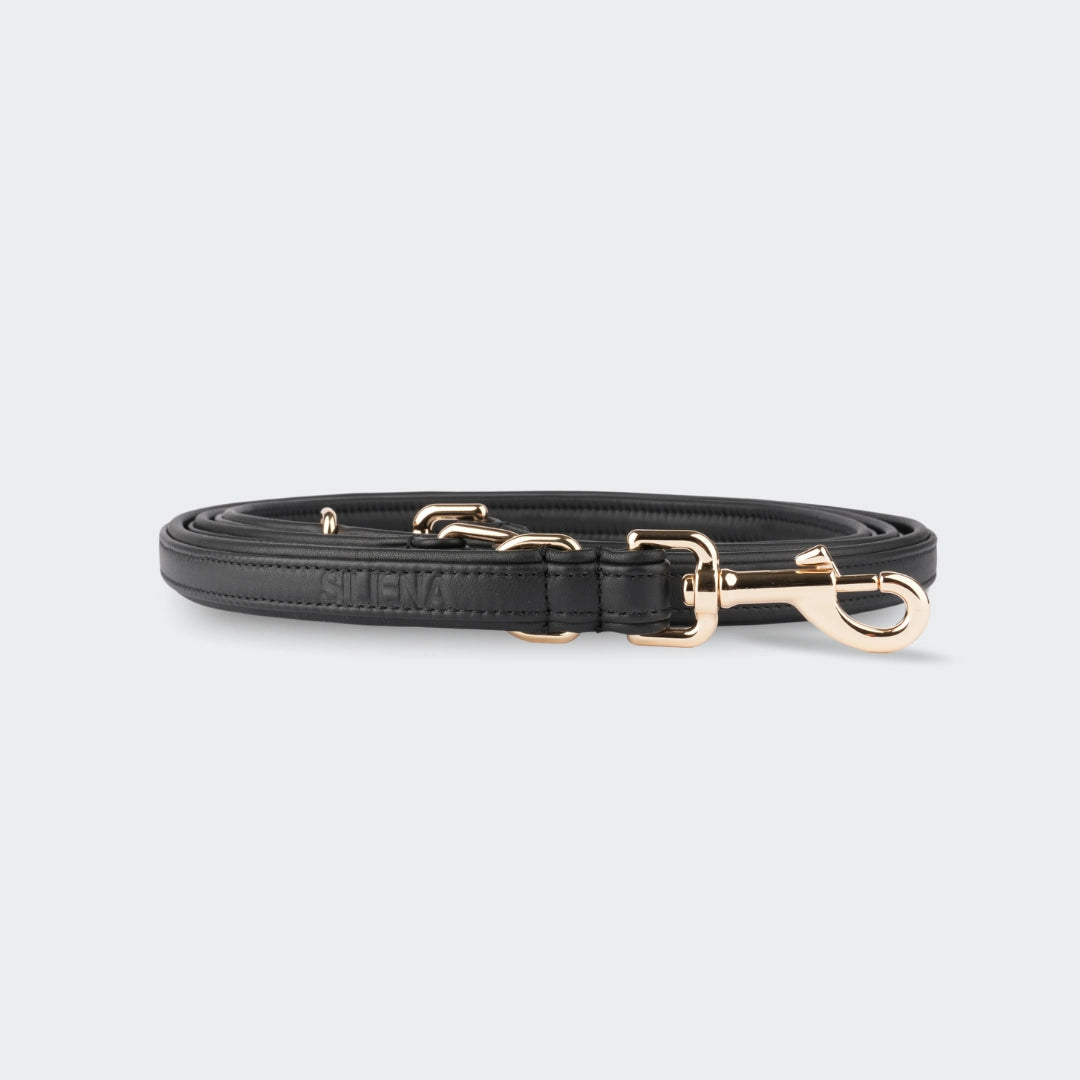
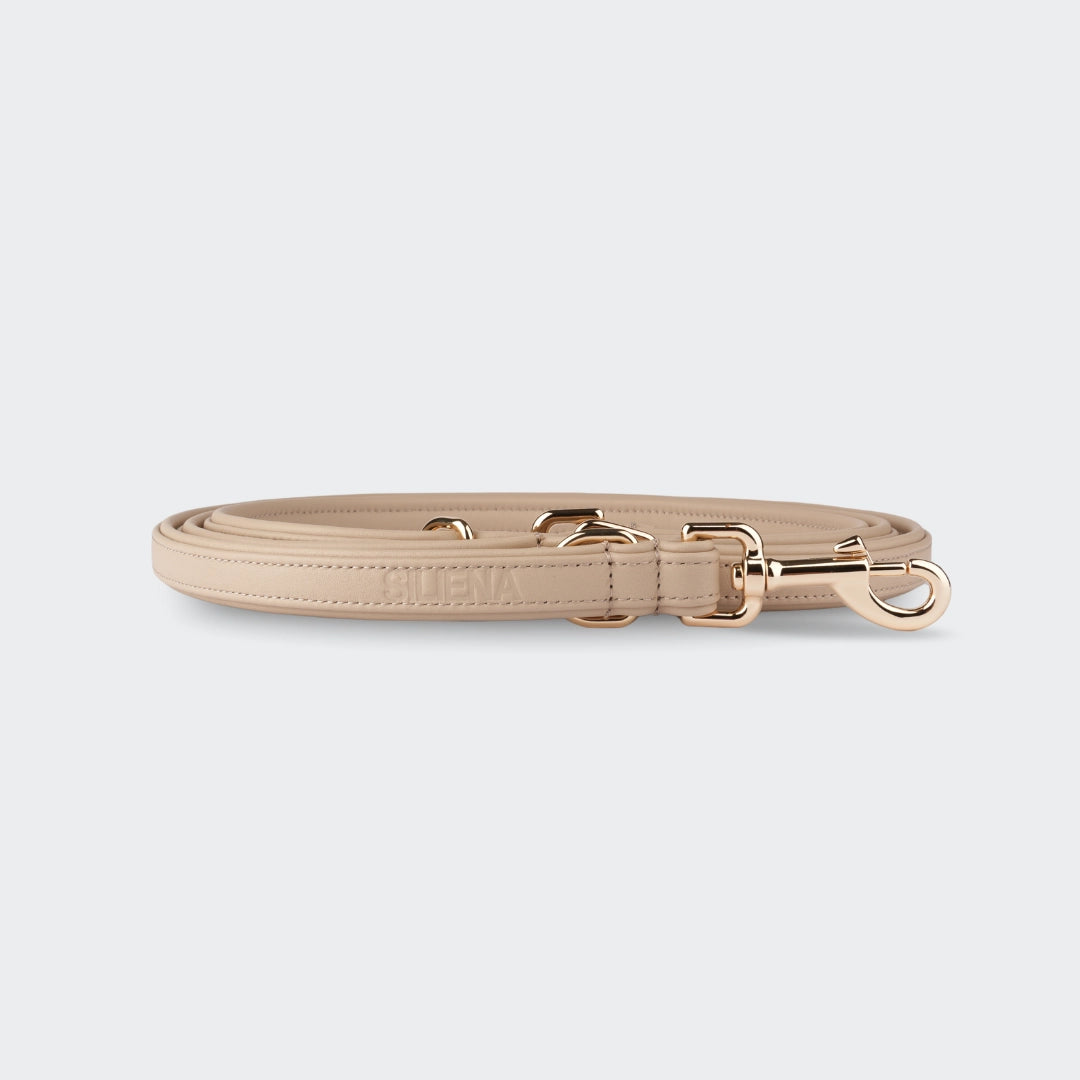
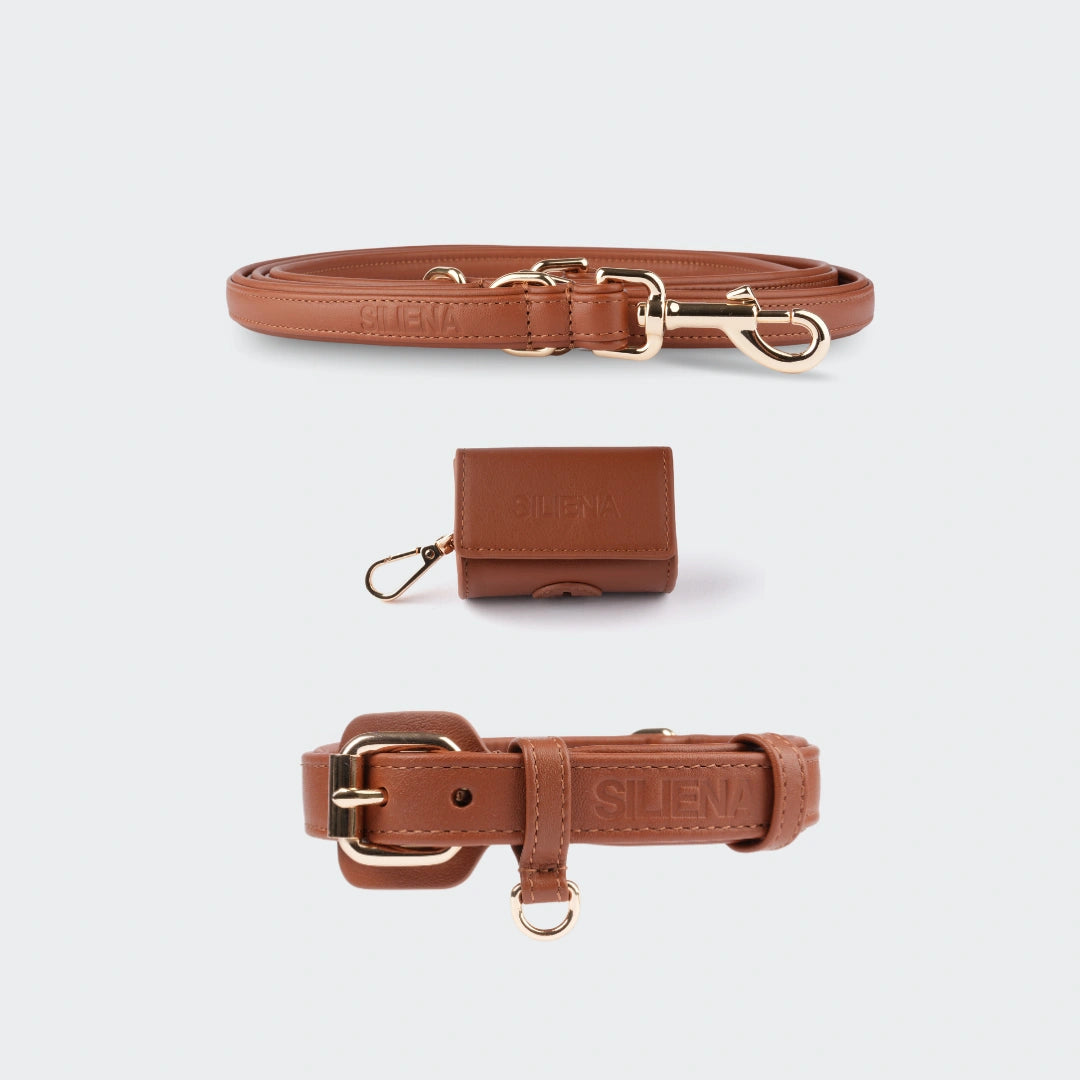
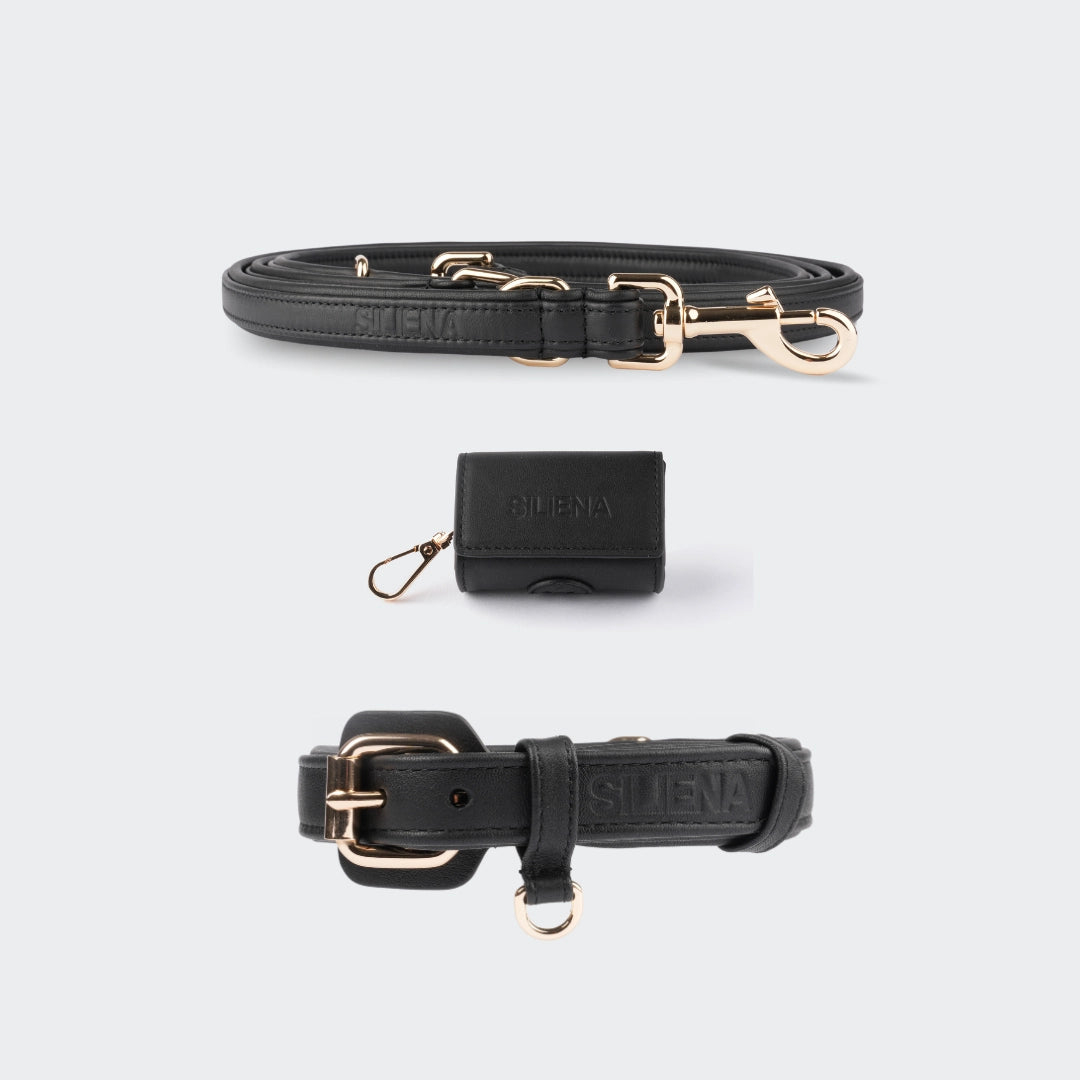
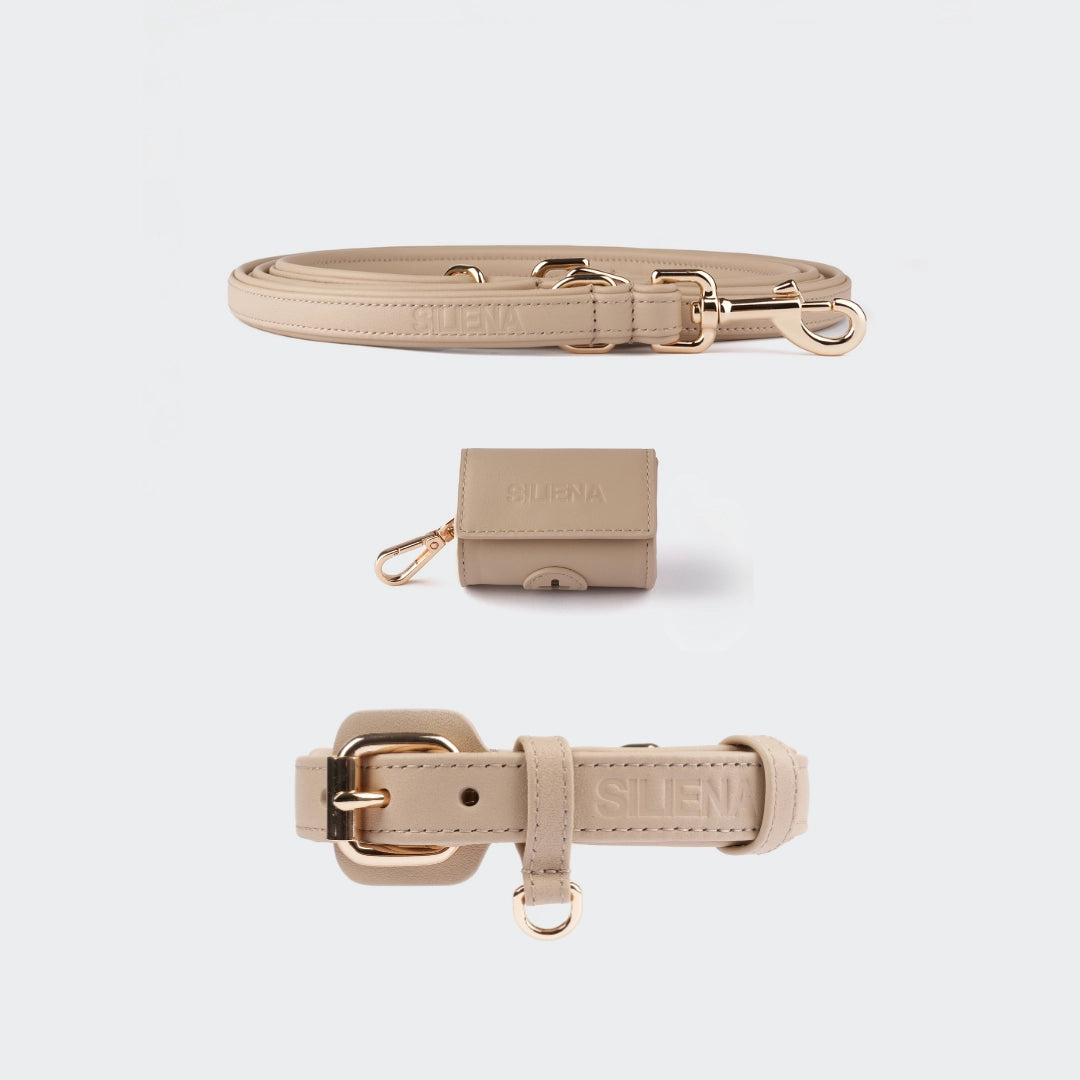
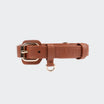
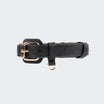

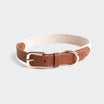
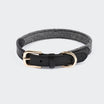
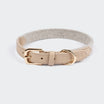


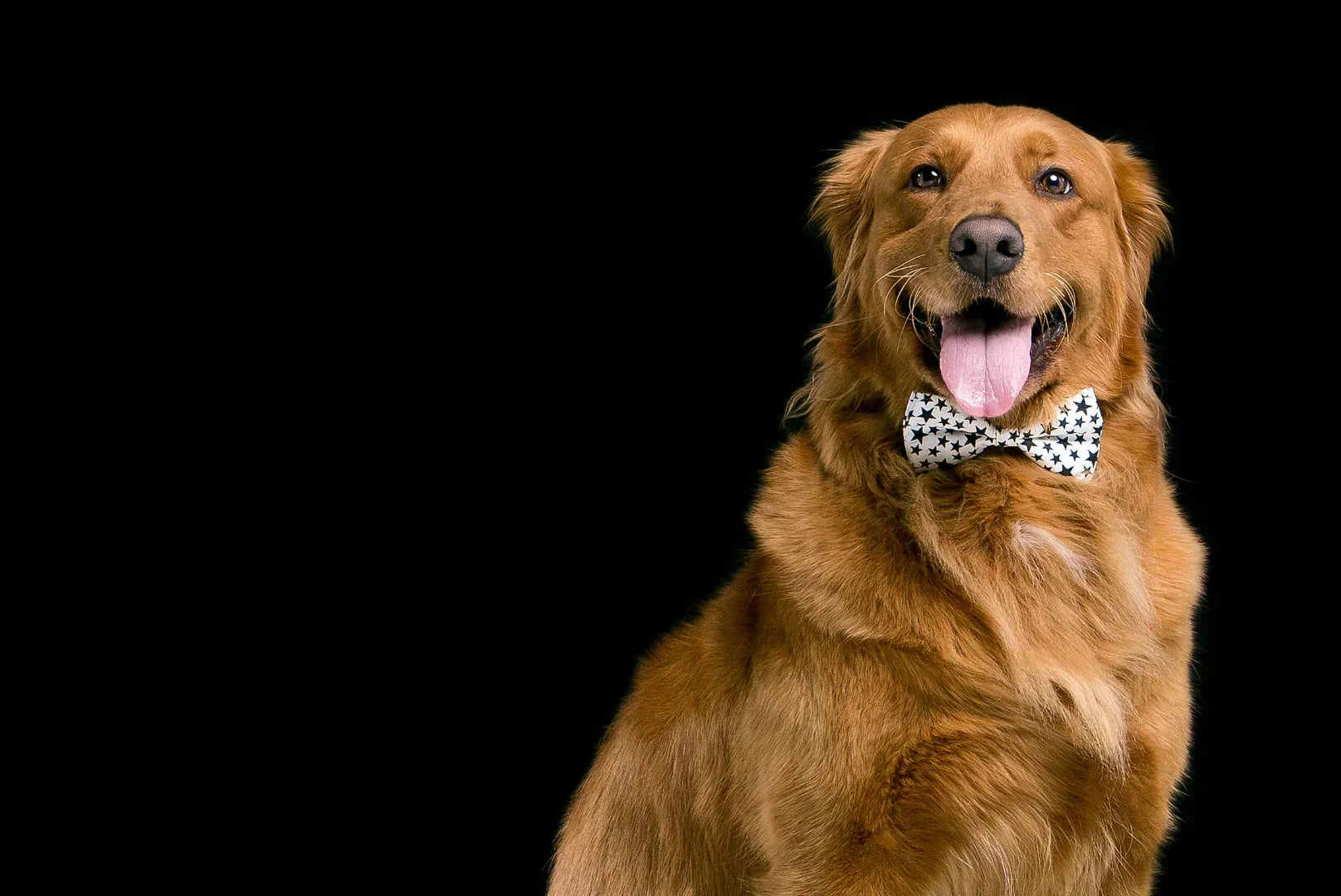
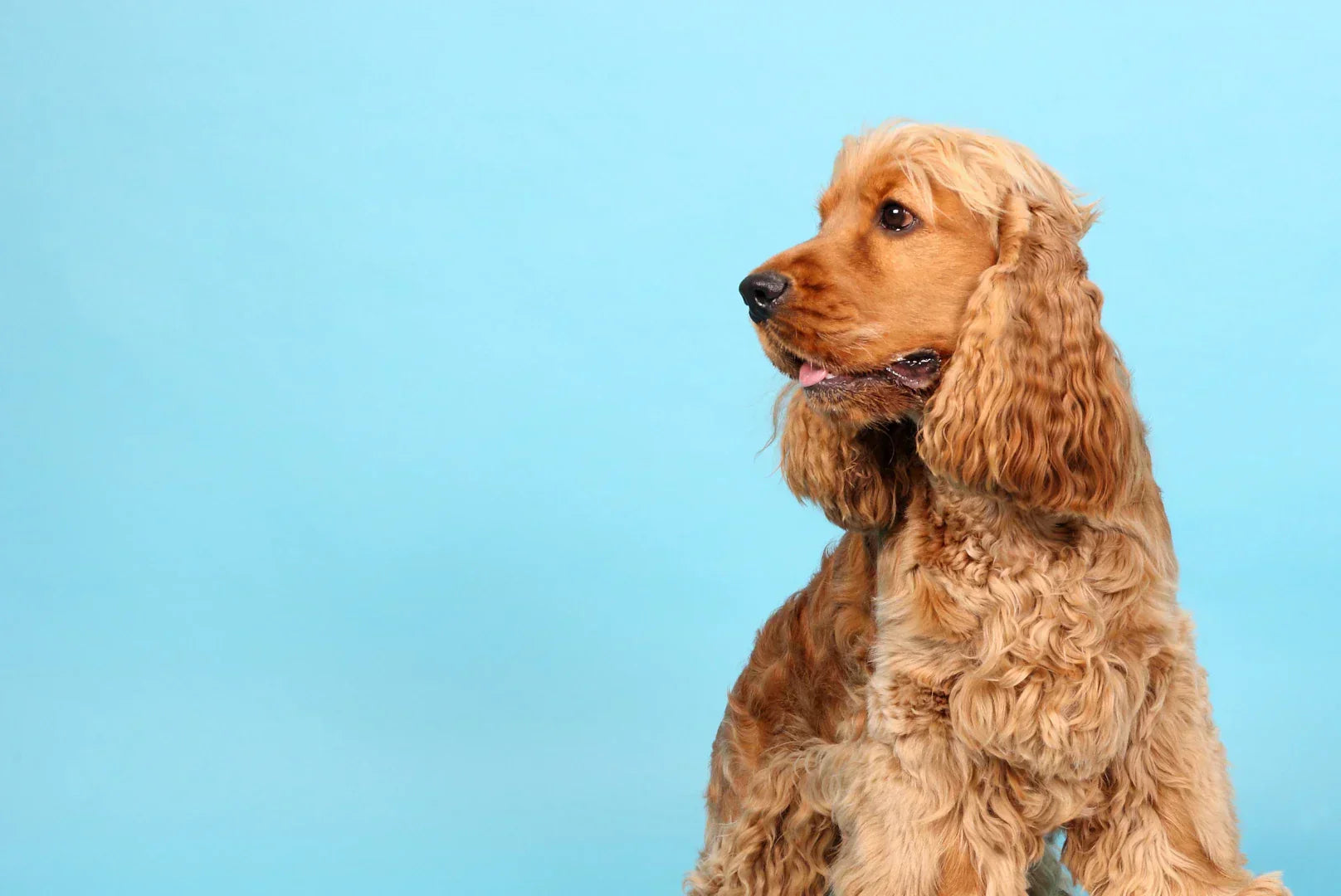


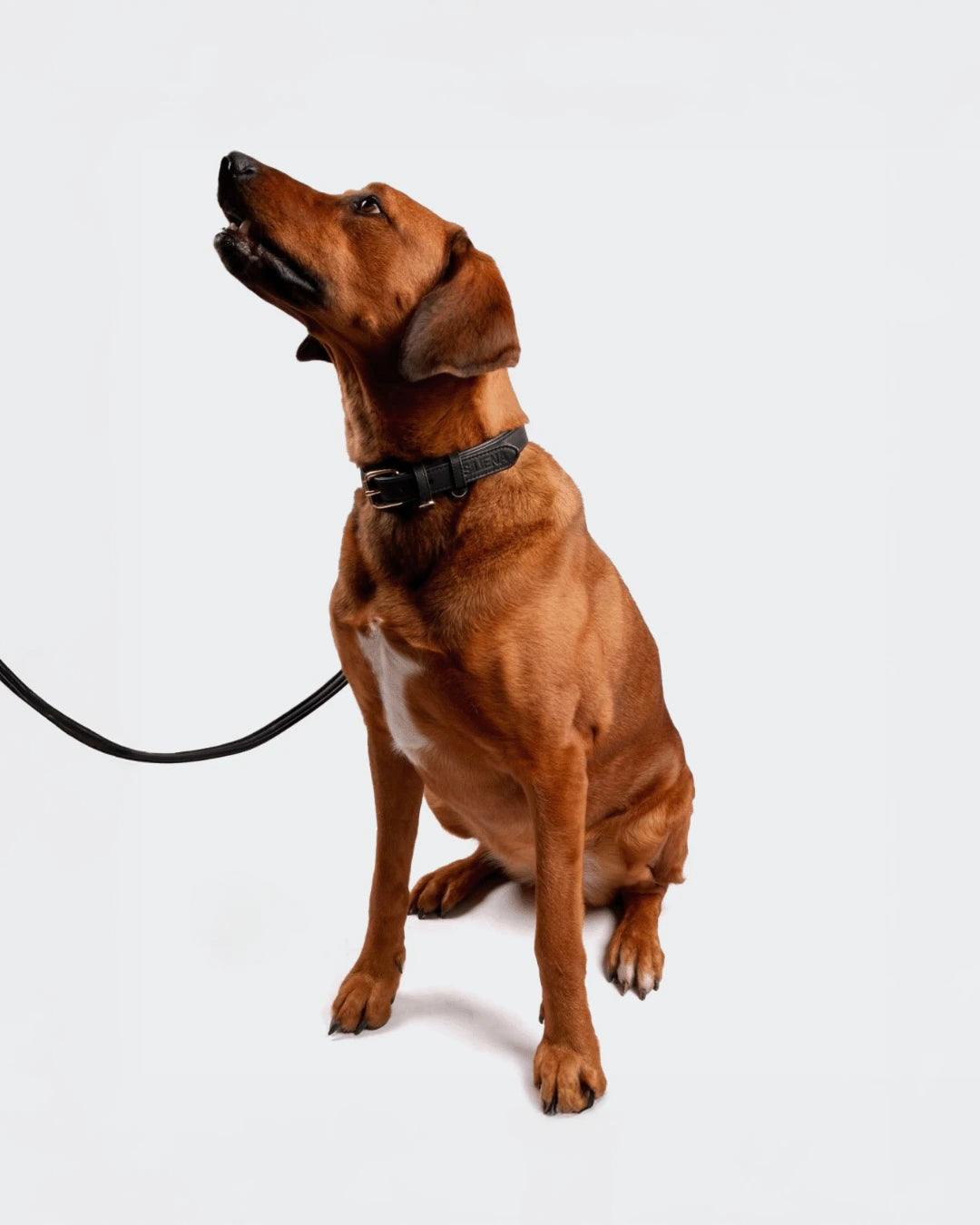
Leave a comment
This site is protected by hCaptcha and the hCaptcha Privacy Policy and Terms of Service apply.